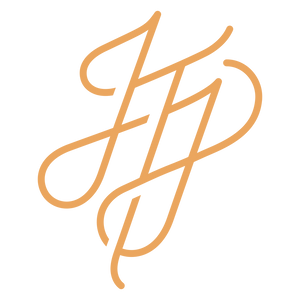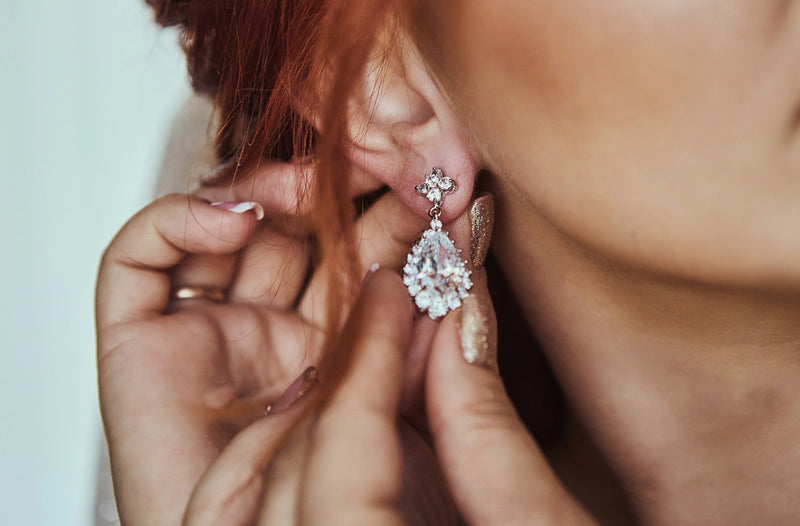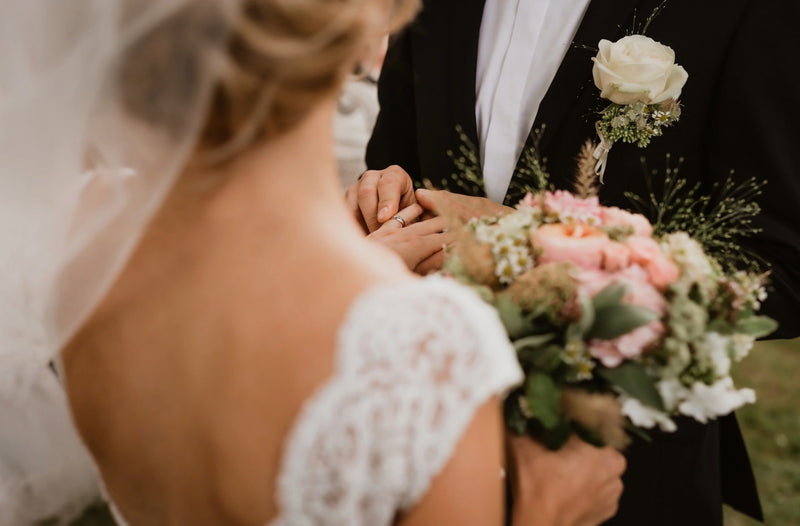Pearls are the traditional birthstone for June but there is an alternative which is Alexandrite. Alexandrite, with its chameleon-like qualities, is a rare variety of the mineral chrysoberyl. Its color can be a lovely green in daylight or fluorescent light, changing to brownish or purplish red in the incandescent light from a lamp or candle flame. This is a result of the complex way the mineral absorbs light.

Alexandrite’s dramatic color change is sometimes described as “emerald by day, ruby by night.” Other gems also change color in response to a light-source change, but this gem’s transformation is so striking that the phenomenon itself is often called “the alexandrite effect.”
Alexandrite is also a strongly pleochroic gem, which means it can show different colors when viewed from different directions. Typically, its three pleochroic colors are green, orange, and purple-red. However, the striking color change doesn’t arise from the gem’s pleochroism, but rather from the mineral’s unusual light-absorbing properties.

Because of its scarcity, especially in larger sizes, alexandrite is a relatively expensive member of the chrysoberyl family. It shares its status as a June birthstone with cultured pearl and moonstone. You may also not know that Alexandrite is the anniversary stone for the celebration of 55 years of marriage.
Perhaps the best-loved gems of all time, pearls—both natural and modern cultured pearls—occur in a wide variety of colors. The most familiar colors are white and cream (a light yellowish brown). Black, gray, and silver are also fairly common, but the palette of pearl colors extends to every hue. The main color, or body color, is often modified by additional colors called overtones, which are typically pink (sometimes called rosé), green, purple, or blue. Some pearls also show the iridescent phenomenon known as orient.

Pearls are the only gemstones made by living creatures. Mollusks produce pearls by depositing layers of calcium carbonate around microscopic irritants that get lodged in the mollusk. When that happens, it results in a pearl. The larger the pearl and the more spherical they are the more valuable they become. Plus the more lustrous they are the better. You can get different shapes by adding a shaped bead to the mollusk. For example, a star-shaped pearl.

There are different types of pearls. There are the Akoya pearls which there is only one pearl per mollusk. With freshwater pearls, you can get up to 50 nuclei implanted. Freshwater pearls can be re-implanted several times before the mollusk dies. When it comes to Akoya's, there is only a one-time extraction. This is why there is such a significant price difference.

We have expert jewelry specialists here at John Thomas Jewelers ready to help guide you in your pearl and Alexandrite purchase. Call today to set up an appointment to view some options. 505-342-9200. Then we can mount them up in a design of your choice or create a one-of-a-kind custom design. We create our custom designs right here on the premises. We look forward to seeing you soon. John Thomas Jewelers is Albuquerque’s most trusted and respected jeweler.













